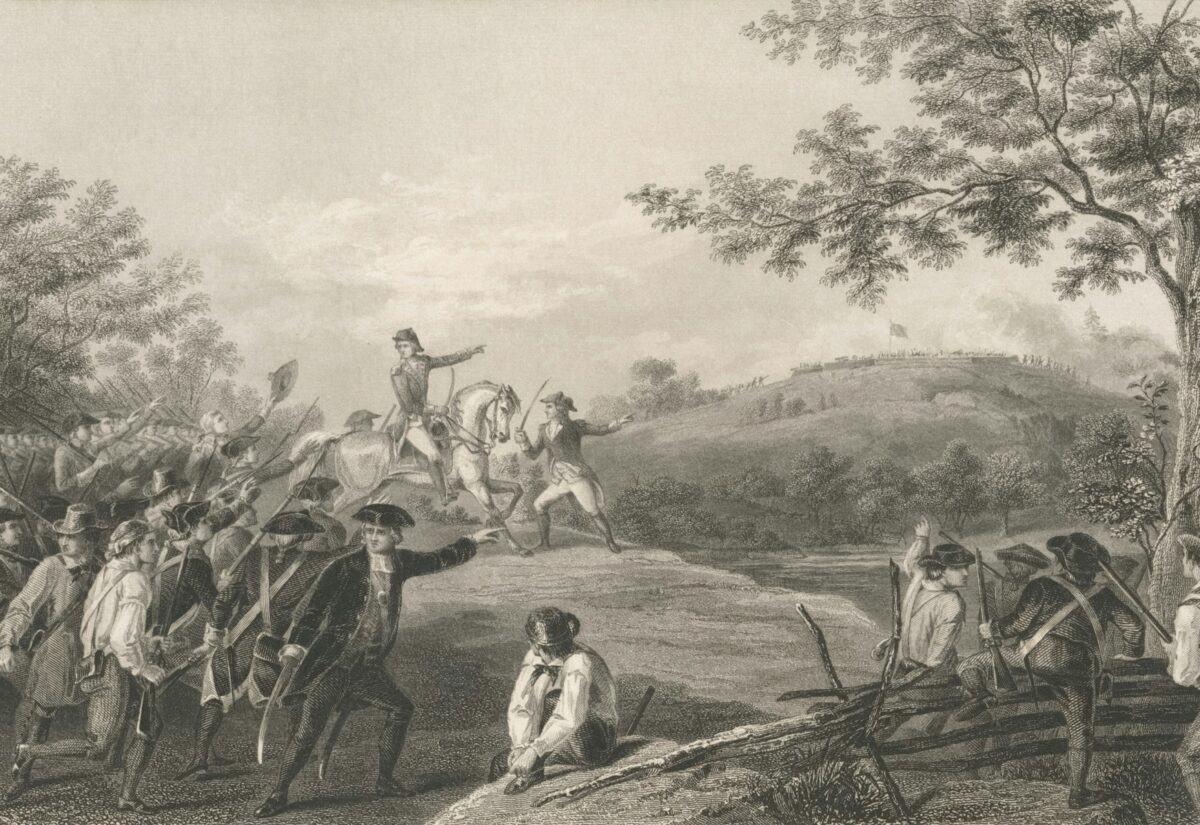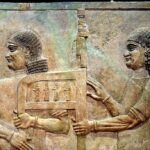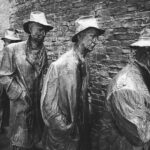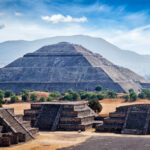 Unsplash/New York Public Library
Unsplash/New York Public LibraryThe British Empire once spanned a quarter of the globe, but its vast reach came with countless experiments in governance, trade, settlement, and control, many of which failed spectacularly. These ventures weren’t just logistical nightmares; they were often rooted in arrogance, poor planning, and a disregard for the people and environments they sought to dominate. Some ended in violence. Others collapsed under their own impracticality. All of them offer a revealing look into the darker side of colonial ambition. Here are some of the most disastrous British colonial experiments, and what went so badly wrong.
The Darien Scheme (1698–1700)
One of the most infamous disasters in colonial history wasn’t even launched by England, but by Scotland, before the Act of Union. In an effort to become a colonial power, the Scottish invested heavily in establishing a settlement called New Caledonia on the Isthmus of Panama. The plan, driven by nationalism and economic desperation, was to create a vital trade route linking the Atlantic and Pacific Oceans, placing Scotland at the heart of global commerce.
But the planners failed to account for the brutal tropical climate, rampant disease, logistical isolation, and hostility from Spanish forces who controlled neighbouring territories. The settlers faced starvation, illness, and near-total abandonment. Around half of the 2,500 settlers died. The project financially ruined many Scottish investors and contributed directly to Scotland’s willingness to enter the 1707 Act of Union with England.
The Andaman Islands Penal Colony (1858)
After the brutal suppression of the Indian Rebellion of 1857, the British established a penal colony in the remote Andaman Islands to house political prisoners and deter future uprisings. Located far from the Indian mainland, the Cellular Jail became a site of isolation, punishment, and systematic cruelty.
Prisoners were subjected to forced labour, solitary confinement, and psychological torture. Many died from disease, malnutrition, and abuse. The penal system ignored both legal protections and basic humanity. The local Indigenous peoples were also severely impacted—displaced, marginalised, and subjected to British anthropological study and control. The Cellular Jail now stands as a stark symbol of colonial repression.
The colonisation of Kenya’s White Highlands (early 1900s)
In colonial Kenya, the British government reserved the most fertile lands—the so-called White Highlands—for European settlers, forcibly evicting the Indigenous Kikuyu and other communities. The aim was to create a profitable plantation economy based on cash crops like coffee and tea.
This policy entrenched economic and racial inequality, as native populations were subjected to high taxes, restricted movement, and harsh labour conditions. The displacement and oppression fuelled long-standing resentment, culminating in the Mau Mau Uprising of the 1950s, during which thousands of Kenyans were detained, tortured, or executed. The colonial administration’s response was widely condemned and left deep political and social scars.
The partition of India (1947)
The rushed and poorly planned partition of British India into two independent nations—India and Pakistan—was meant to prevent civil war but instead triggered one of the bloodiest upheavals in modern history. With minimal understanding of the regions they were dividing, British authorities appointed a lawyer, Cyril Radcliffe, to draw the borders in under six weeks.
The result was chaos. An estimated one million people died in sectarian violence, and more than 10 million were displaced in a matter of months. Trains filled with corpses crossed the new borders, and entire communities were uprooted overnight. The British Library hosts comprehensive resources documenting the catastrophe and its enduring legacy in South Asia.
The colonisation of Tasmania (1803 onwards)
When British colonists arrived in Tasmania (then Van Diemen’s Land), they encountered resistance from the Indigenous Palawa people. Rather than coexist, settlers waged a brutal campaign of displacement and extermination, often with the support of the colonial authorities.
What followed was the “Black War,” a period marked by massacres, poisoned food, and forced removals. Surviving Aboriginal people were relocated to Flinders Island under appalling conditions, leading to high mortality rates. Today, this is widely recognised as a form of cultural genocide. The Tasmanian Museum and Art Gallery documents this period and its long-term impact on Aboriginal Tasmanians.
The colonisation of Sierra Leone (1787–early 1800s)
Sierra Leone was originally conceived as a settlement for freed slaves from Britain and North America, including Black Loyalists and formerly enslaved people from Nova Scotia. But the colony was marred by poor planning, disease, and conflict from the outset.
The first wave of settlers arrived in 1787 and were soon devastated by malaria, inadequate supplies, and lack of support. Later groups, including Jamaican Maroons, faced ongoing hardship and administrative neglect. Inter-community tensions, corruption, and a rigid class structure undermined the colony’s early potential. Despite stabilisation in later decades, the colony’s early years were plagued by failure. The National Archives provide detailed context.
The British invasion of Tibet (1903–1904)
Fearing Russian influence in Tibet, the British launched a military expedition under Colonel Francis Younghusband. The ostensible aim was to negotiate trade access, but it quickly turned into a violent invasion.
British troops, armed with machine guns, massacred thousands of poorly armed Tibetan defenders. The resulting Treaty of Lhasa imposed harsh terms and indemnities on Tibet, despite its lack of sovereignty under British law. The invasion was condemned internationally and remains a point of controversy. This fascinating research paper gives more context of the
The Borneo headhunting suppression (late 1800s)
British colonial efforts to suppress headhunting among the Dayak communities of Borneo were marked by misunderstanding and excessive force. Headhunting was part of a complex social and spiritual tradition, not merely random violence.
Instead of engaging with local customs, colonial authorities responded with punitive expeditions that razed villages and imposed Western legal codes. This disrupted community structures and exacerbated tensions. Rather than achieving stability, the heavy-handed approach alienated Indigenous groups and sowed long-term mistrust. The British Library holds relevant documents.
The Palestine Mandate (1920–1948)
After the fall of the Ottoman Empire, Britain was granted a League of Nations mandate to govern Palestine. Balancing the conflicting promises made to both Arabs and Jews during World War I proved impossible. The Balfour Declaration of 1917 had supported a “national home for the Jewish people,” but Britain also promised Arab independence.
The result was decades of violence, uprisings, and increasing polarisation. British authorities failed to manage tensions, and their withdrawal in 1948 left the region in crisis, contributing to the first Arab-Israeli war. The legacy of Britain’s contradictory policies continues to influence the politics of the region. The National Archives offers comprehensive historical records.
Colonialism isn’t all it’s cracked up to be
While the British Empire was often celebrated for its global influence and infrastructure, many of its colonial experiments were deeply flawed—shaped more by ambition and ignorance than sound planning or respect for local communities. These failures weren’t just unfortunate footnotes; they had lasting human, cultural, and political consequences. Looking back at these missteps helps challenge the romanticised view of empire and brings into focus the real cost of colonial arrogance. Understanding these episodes is essential to confronting the legacy of empire and its continuing influence today.



